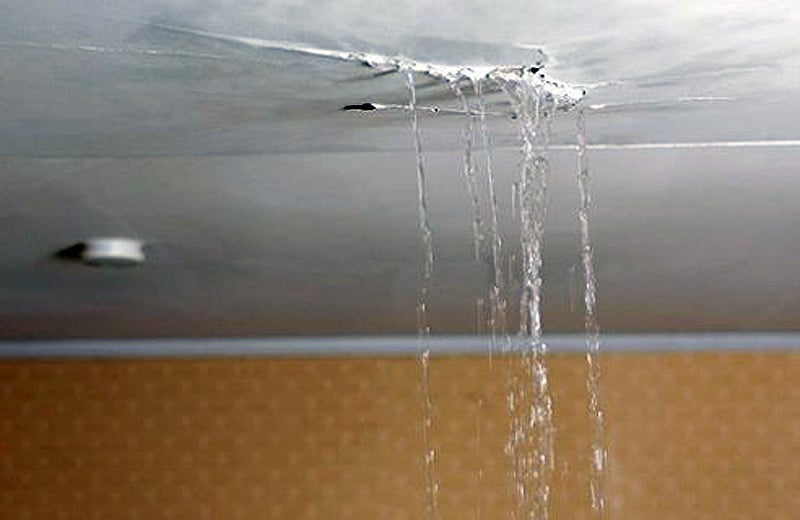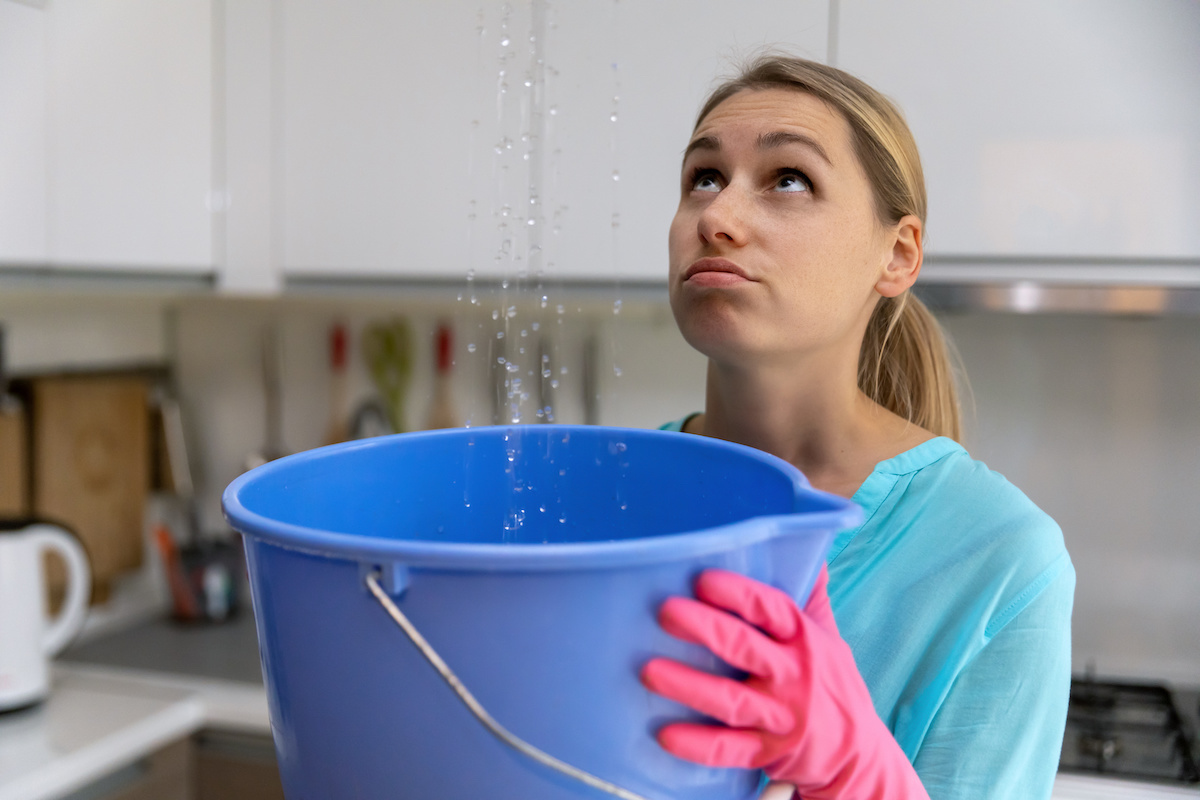Identifying the Main Factors for Water Leaks in Your Home
Identifying the Main Factors for Water Leaks in Your Home
Blog Article
Just about everyone may have their own individual idea in relation to Common Water Leaks In House.

Leakages not just trigger waste of water yet can additionally trigger unnecessary damages to your home and advertise unwanted natural growth. Regrettably, water leaks might go unnoticed considering that most of the pipework in our home is hidden. By looking and comprehending for day-to-day scenarios that create leaks, you can secure your house from future leaks as well as unneeded damage. Today, we will certainly take a look at six leak triggers that may be triggering your pipelines to trickle.
Instantaneous temperature level changes.
Severe temperature adjustments in our pipelines can create them to broaden and get all of a sudden. This expansion and contraction might cause splits in the pipes, specifically if the temperature level are below freezing. It would be best if you watched on how your plumbing works. The presence of the formerly discussed scenarios often indicates a high danger.
Corroded water supply
This might be the reason of staining or warping on your water pipes. If our plumbing system is old, consider changing the pipelines considering that they are at a greater risk of corrosion than the more recent models.
Malfunctioning Pipe Joints
The factor at which your pipes attach is frequently the weakest link in the waterline. Pipeline joints can weaken in time, resulting in water leakages. However, the majority of pipeline joints are not conveniently noticeable. If you have loud pipes that make ticking or banging sounds, especially when the hot water is activated, your pipe joints are possibly under a lot of stress. It is a good idea to have your plumber evaluate your system once a year.
Encroaching roots
The majority of water leaks begin outside your house as opposed to inside it. If you see a sudden decline in water pressure, claim in your faucet, take some time to head out and also analyze your yard. You may observe wet spots or sinkholes in your yard, which could mean that tree roots are attacking water lines triggering water to seep out. You can have your plumber look for intrusion, especially if you have trees or hedges near your residential or commercial property.
Poor Water Connectors
At times, a leakage can be caused by loosened hose pipes and also pipelines that provide your appliances. In case of a water connections leak, you may notice water running directly from the supply line or puddles around your appliances.
Clogged Drains
Obstructed drains pipes might be annoying as well as inconveniencing, yet they can sometimes end up causing an overflow bring about break pipes. Keep eliminating any kind of materials that might go down your drains pipes that can clog them to stay clear of such hassles.
All the above are causes of leakages but not all water leaks result from plumbing leaks; some leaks might come from roof leaks. All leakages need to be fixed quickly to prevent water damage.
Leaks not just trigger waste of water but can additionally trigger unnecessary damages to your house and advertise undesirable organic development. By comprehending and also looking for day-to-day circumstances that create leaks, you can shield your house from future leakages and unneeded damages. Today, we will certainly look at six leak creates that might be causing your pipelines to trickle.
At times, a leakage can be triggered by loose tubes and pipelines that supply your devices. In situation of a water links leak, you might notice water running straight from the supply line or puddles around your devices.
How To Check For Water Leak In Your Home
How To Check for Leaks
The average household's leaks can account for nearly 10,000 gallons of water wasted every year and ten percent of homes have leaks that waste 90 gallons or more per day. Common types of leaks found in the home are worn toilet flappers, dripping faucets, and other leaking valves. These types of leaks are often easy to fix, requiring only a few tools and hardware that can pay for themselves in water savings. Fixing easily corrected household water leaks can save homeowners about 10 percent on their water bills.
To check for leaks in your home, you first need to determine whether you're wasting water and then identify the source of the leak. Here are some tips for finding leaks:
Take a look at your water usage during a colder month, such as January or February. If a family of four exceeds 12,000 gallons per month, there are serious leaks.
Check your water meter before and after a two-hour period when no water is being used. If the meter changes at all, you probably have a leak.
Identify toilet leaks by placing a drop of food coloring in the toilet tank. If any color shows up in the bowl after 10 minutes, you have a leak. (Be sure to flush immediately after the experiment to avoid staining the tank.)
Examine faucet gaskets and pipe fittings for any water on the outside of the pipe to check for surface leaks.
Undetected water leaks can happen without the home or business owner even realizing. If you suspect a water leak, but not able to find the source. It is time to contact a professional water leak detection service, The Leak Doctor.
How To Find a Water Leak In Your Home
https://www.leakdoctor.com/blog/How-To-Check-For-Water-Leak-In-Your-Home_AE197.html

I recently found that article about Common Water Leaks In House while doing a lookup on the web. Sharing is good. Helping people is fun. We value reading our article about Common Water Leaks In House.
Customer Reviews Report this page